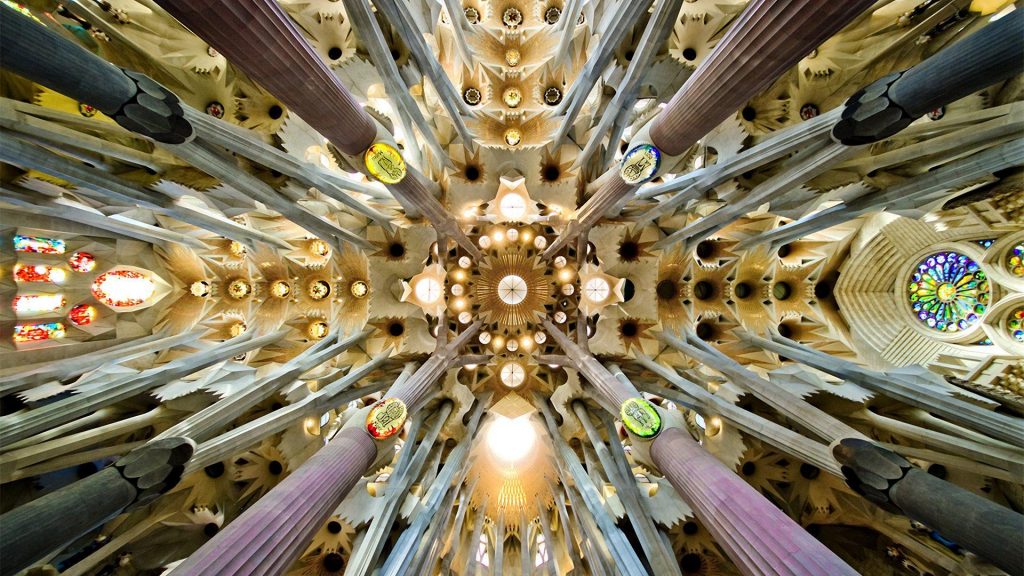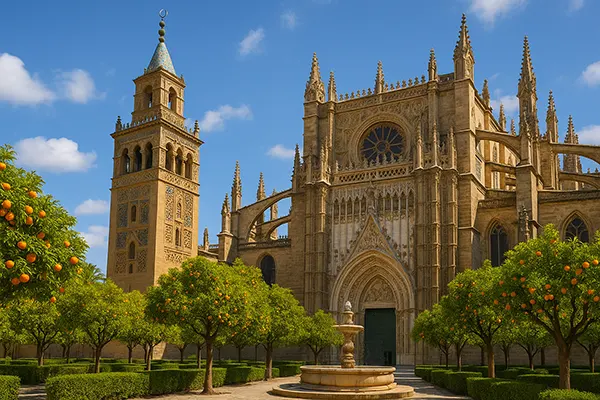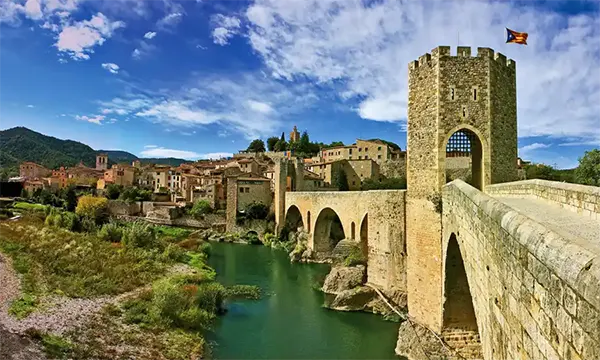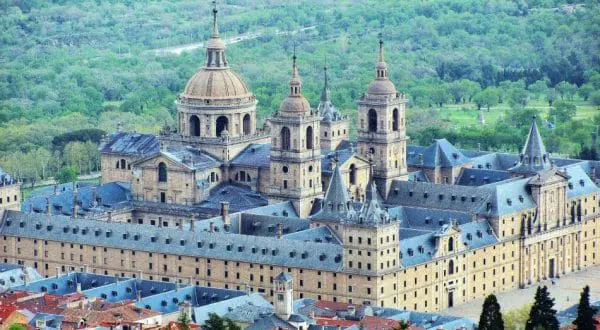Temple of the Sagrada Família – the jewel of Barcelona

The redeeming temple of the Sagrada Família, or Temple Expiatori de la Sagrada Família as it sounds in Catalan, is the hallmark of glorious Barcelona. It was designed by the talented and extraordinary Antoni Gaudi, renowned the world over for his original creations. It is not just Barcelona that has been visited, but the entire country.
Its annual attendance is estimated at 3.2 million people. By comparison, the Prado Museum in Madrid attracts around 2.9 million visitors a year, and the Alhambra Palace in Granada attracts up to 2.3 million visitors a year.
History of the temple
Construction started as early as 1882. Interestingly, they are still in progress. The official reason for such a protracted construction process is that the temple is being erected with funds donated by all comers, as originally intended.
The original design was the work of Francisco del Villar. The idea was to create a Gothic temple. The public liked the project, and the foundation stone was unveiled on March 19, 1882. The event was attended by Antonio Gaudi, who was one of Francisco’s assistants at the time.
Work was actively carried out, but in 1883 del Villar fell out with the organisers. So the project was proposed to Gaudi, who at the age of 31 became the chief architect and realiser of the idea. It became Antonio’s life’s work. He lived on the site where the construction work was directly carried out and where he was specially equipped with a room.

Features of the Church of the Holy Family
Gaudi did not like the idea of the Gothic style, and he decided to abandon it. Instead he relied on natural forms. With a weakness for them, and considering them to be ideal (especially the structure of the tree trunk and the human skeleton), Antonio erected a building made up of different geometric shapes.
Despite a set of elements of different shapes, the architect was able to construct a unified structure where all details are in harmony with each other. Moreover, it greatly facilitated the construction process itself, as the elements are easily connected with each other.
The huge columns act as supporting structures. As they reach the arch, they branch out. This creates the illusion of a dense forest. While the exterior of the temple surprised the public, the interior furnishings truly shocked everyone. For that time many interior elements were extremely daring and even revolutionary.
The design of the building
Gaudi was notable for his religiosity, which was reflected in the design of the temple. He incorporated thematic attributes into the design of the building. The shape of the temple is a Latin cross. There is also a crypt, chapels and a gallery which houses the church choir.
The temple has 3 thematic facades: the Nativity, the Passion of the Lord and the Ascension of Christ. There are 18 towers in total. There are 12 dedicated to the Apostles, in the centre there are those dedicated to the Evangelists, the main tower is dedicated to Jesus Christ with a huge cross on top and there is a bell tower dedicated to the Virgin Mary.




